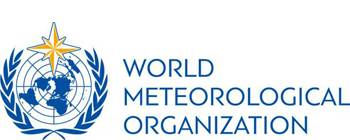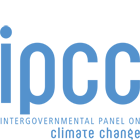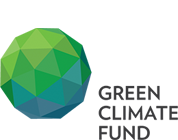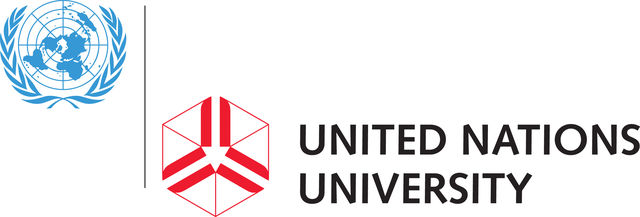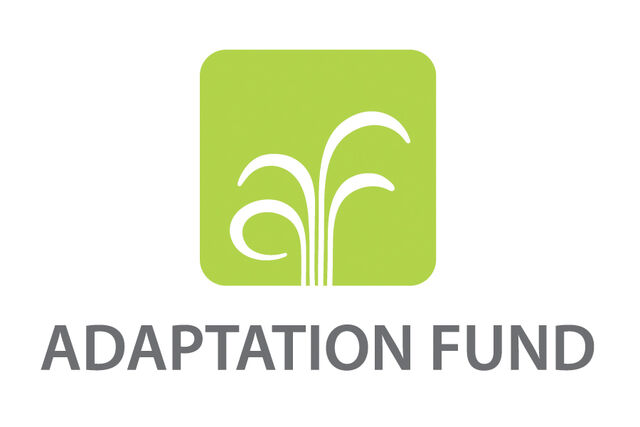Loss and damage are increasingly mentioned in National Adaptation Plans and National Determined Contributions, but these documents say little about options to address loss and damage and largely miss non-economic loss and damage. How to avert, minimize and address loss and damage is still in question. This issue of the WASP policy brief discusses the foundation on multiple dimensions of the loss and damage, which is induced by inadequate action on climate change.
The Science for Adaptation Policy Brief Series targets researchers, policymakers, and practitioners to help them bridge the science-policy-action interface.
Key messages:
1. Climate change results in substantial loss and damage to societies and natural systems when it is not mitigated by reducing greenhouse gas emissions or averted through adaptation. Loss of life, extinction of species and ecosystem destruction are a few of the irreversible repercussions already attributed to unabated climate change. Many categories of ruinous consequences have not yet been sufficiently documented.
2. These consequences will continue, requiring urgent actions to avert, minimize and address future loss and damage triggered by climate change. To reduce risks of further climate related harm to humans and our environment, urgent action is required to reduce and contain greenhouse gas emissions in parallel with appropriate adaptation.
3. Understanding the drivers that produce loss and damage and the associated potential solutions can provide crucial guidance for climate action. Possible solutions to the threat of loss and damage include local to global efforts to mitigate greenhouse gas emissions and adapt to slow and rapid-onset climate hazards. They include establishing and enhancing early warning systems, disaster risk reduction implementation, and other specific responses that reduce harm to human and natural systems.
4. The nature of loss and damage can be dynamic or locked in. In the case of the former, climate responses and development choices determine the extent of harm and what can be avoided. In the case of the latter, both soft and hard adaptation limits will persist, independent of future pathways. Both dimensions must be considered for any long-term strategic planning, including cooperation at the global level and actions on the ground.
5. In addition to addressing existing adaptation gaps, there is an urgent need to evaluate adaptation limits. Such evaluations would entail identifying ecosystems, regions, societies, and particular at-risk groups for whom adaptation limits have been reached or are likely to be reached soon and accelerating actions for addressing loss and damage in geographic hotspots and priority populations.
6. Non-economic loss and damage is an important dimension of climate-related destruction, making up a significant proportion of the costs associated with climate change. Despite growing empirical evidence of many forms of intangible harm – including threats to heritage, culture, identity, health and wellbeing, and Indigenous peoples – beyond individual case studies, systematic and comparative assessments of noneconomic loss and damage remain difficult. This constraint hampers addressing adaptation limits and mainstreaming proven climate mitigation and adaptation responses into development processes so that economic and non-economic loss and damage can be avoided or minimized.


